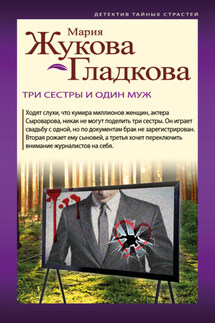Грамматика для написания научных статей - страница 3
I like to get Q’s in Scrabble.
This paragraph has too many and's in it.
In all other cases, an apostrophe with a noun signals possession, not number.
Task 2. Give the plural form of the following nouns. Use a dictionary to check your answers. Do not rely on general patterns; these often have exceptions.
Foot, house, mouse, woman, goose.
Belief, comedy, donkey, radio, hoof, thief, tomato.
Plurals of the nouns of Latin, Greek, and Hebrew origin are often used in English scientific writing even though their English plurals may exist in general use.
(Academic Writing and Speaking Сourse Pack)
D Uncountable Nouns
Uncountable nouns form the second of the two classes of common nouns.
1. Uncountable nouns are used for nouns describing a mass, a natural substance, food, an abstract concept, a game, a disease, or a subject of study. Some examples follow.
A mass: clothing, equipment, furniture, garbage, homework, jewelry', luggage, machinery, money, scenery, traffic, transportation
A natural substance: air, blood, coal, copper, cotton, hair, heat, ice, iron, silver; water, wood, wool
Food; bacon, beef, bread, coffee, milk, rice, sugar
An abstract concept: advice, courage, education, fun, happiness, health, honesty, information, knowledge, success
A game: checkers, chess, soccer, tennis
A disease: arthritis, diabetes, influenza, measles, smallpox
A subject of study: biology, economics, history, physics, statistics
Countable and uncountable nouns vary from language to language. Also, nouns that are countable in English, such as furniture, information, and hair, may be uncountable in other languages.
Uncountable nouns have no plural form. You can use nouns such as pieces, items.
or bits to indicate exact quantities.
She took a great deal of luggage on her trip, (singular; uncountable)
She took ten pieces of luggage on her trip.
Luggage has no plural form; the countable noun piece is used to indicate the number of items.
Note that even the uncountable nouns that end in -s in the list in item D such as diabetes and physics) are singular and uncountable.
Some countable nouns can be considered as countable or uncountable, depending on the context. Used as an uncountable noun, they refer to the concept in general; used as a countable noun, they refer to a particular one. Uncountable:
Chocolate is fattening. (All chocolate: generalization about a mass noun.)
Countable: He ate a chocolate. (One piece, one serving in a box of chocolates.) He ate four more chocolates.
Uncountable: Life is precious. (Generalization: life as a concept.)
Countable: She leads a busy life. (Specifically the type of life she leads is a busy one. It could be a boring life, a dangerous life, and so on.)
People say that a cat has nine lives.
Task 3. In the context of each of the following sentences, adapted from Panati’s Extraordinary Origins of Everyday Things, indicate in the spaces after the nouns whether they are countable (C) or uncountable (U).
Levi Strauss came to California in the 1850s dining the Gold Rush to make clothes for the miners (-). He knew that they would wear out their clothes quickly, so he made them out of canvas (-), which was used at the time to make tents (-). Later he replaced the canvas with denim – a softer fabric (-) originating from the city of Nimes in (-) France. In Europe this fabric was known as






